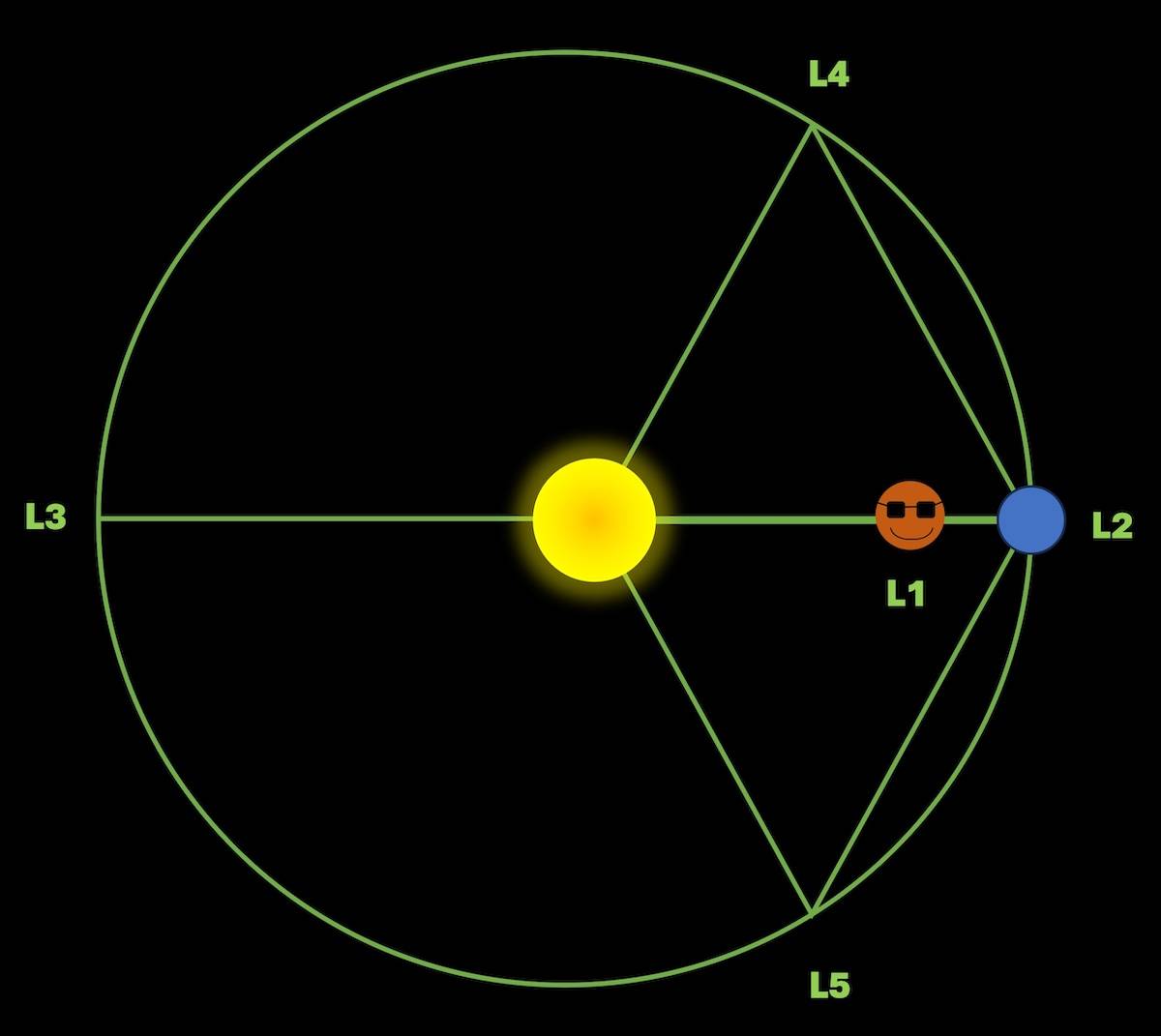Could a sunshade cool the Earth, reducing climate change? WSU researchers seek the truth.
Shielding the Earth from the sun seems like a good idea, in theory, to fight climate change, Wichita State University’s Dr. Nickolas Solomey and graduate student Kelly Kabler agree.
Good ideas, they also agree, must be grounded in science.
In early February, the New York Times reported that Asher Space Research Institute Physics Professor Yoram Rozen was working on a prototype for a sunshade in space. Other scientists have proposed using dust as a shield. And Amazon has even teamed with researchers to run models on the possibilities for blocking the sun.

Kelly Kabler
Solomey and Kabler, though, aren’t so sure that the popular idea of protecting the planet with a sunshade is as simple as some propose.
So Solomey, a professor of mathematics, statistics and physics in WSU’s Fairmount College of Liberal Arts and Sciences, enlisted Kabler, who finished her graduate certificate in space science at Wichita State in December, to investigate.
“You hear a lot of big-name people talking about some ideas, like, ‘Let’s have a space shield to block out some of the sun — cool the planet with some shadows,’” said Solomey. “From a science point of view, there are some questions.”
Solomey and Kabler’s project attempts to answer three questions:
- How big does a sunshade need to be?
- How fast will it work?
- What is the effectiveness of a shade with no other changes in carbon dioxide emissions.
“The numbers are shockingly bad,” Solomey said.
Their conclusion: A sunshade, as the sole measure, is not a likely fix for the problem. Kabler calculated a shade around 900 miles wide is likely necessary.

Dr. Nickolas Solomey
“We tweaked the models throughout the course of the semester to make it more and more realistic,” Kabler said. “The final answer, really, was that (a sunshade) is not totally plausible as the sole mechanism for slowing down climate change. There would have to be other things that come into play to help with it.”
Solomey said the calculations indicate a 10-15 percent reduction in sunlight is necessary to achieve a 1.5 degree (Celsius) drop and return to pre-industrial era average temperature. It would take 12-15 years to reach that goal by using a sunshade.
Cooling off the planet 1.5 degrees, without reducing emissions from sources such as transportation and industry, would have a lasting effect of likely only 55-60 years.
“It’s not very practical,” Kabler said. “Not only would they have to make it very large, but it would only help for up to 60 years. There would have to be something else going on in those 60 years for us to reverse the effects of climate change.”
Solomey and Kabler’s research project, “Slowing Climate Change: Is There Relief in the Shadow,” has will be presented at the Innovation in Climate Resilience conference, set for April 22-24 in Washington, D.C.


 Courtesy rendering
Courtesy rendering